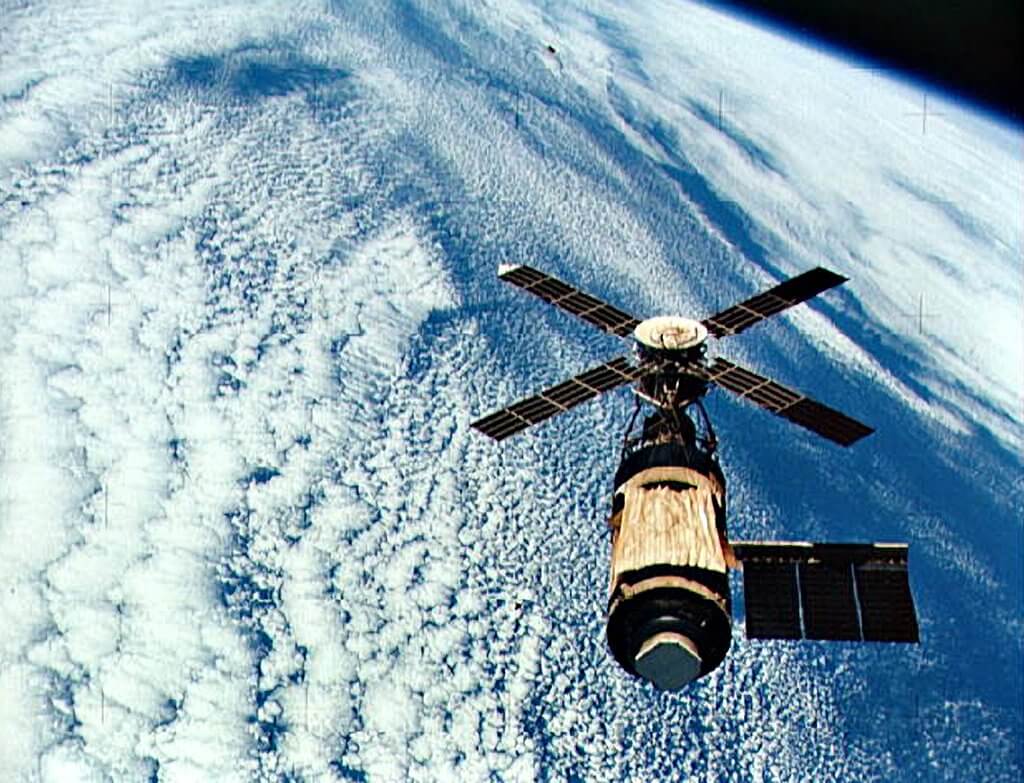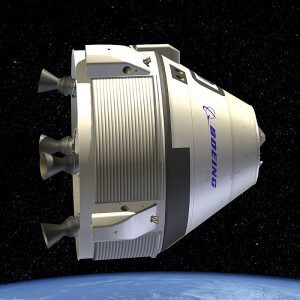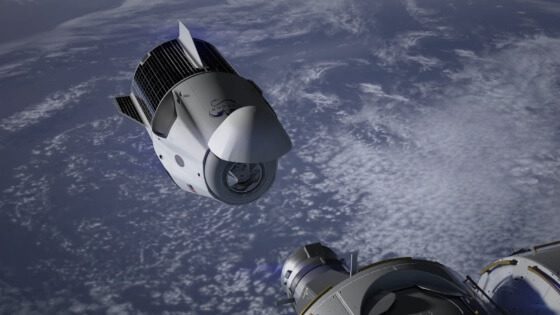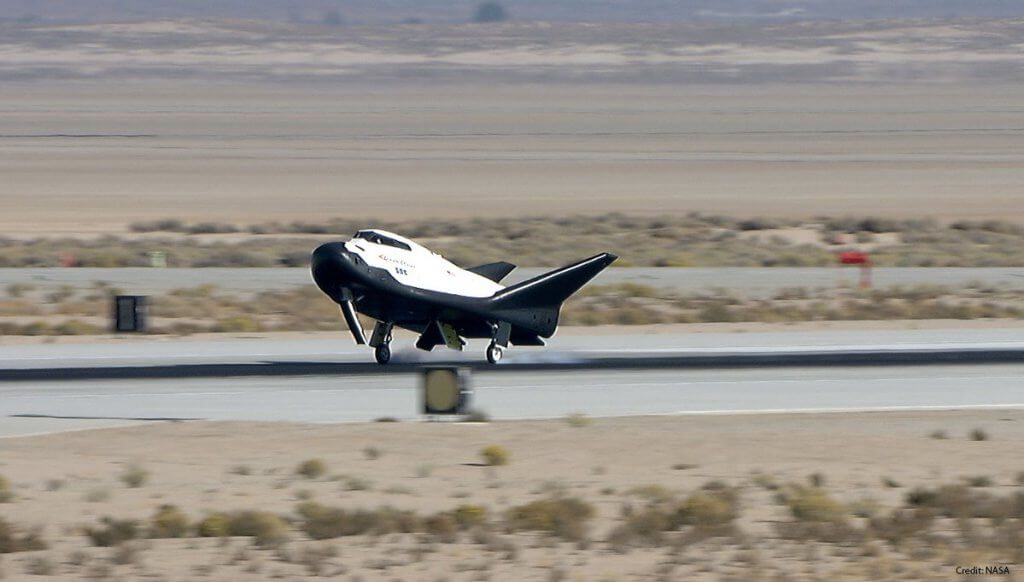NASA has formally announced the names of the nine astronauts who will fly on commercial crew flights procured from Boeing and SpaceX. Some work for NASA and some are ex-NASA astronauts who are employed by commercial space firms. Critics note that the hoopla of this announcement camouflaged the fact that NASA commercial crew flights are delayed again.
Having previously suffered several development delays, Boeing has again run into trouble with its CST-100 Starliner capsule. During a test firing of its abort engines, a propellant leak was found. This has to be addressed and tested before any further progress can be made.
Although a test flight of the Starliner in unmanned condition might still make the end of this year, this is now more likely to be in early 2019, with its first crewed flight in mid-2019. This was previously planned for the end of this year.
The first orbital test flight of the Boeing CST-100 Starliner will be flown by NASA’s Colonel Eric Boe, a former US Air Force pilot and astronaut who flew on Space Shuttle missions STS-126 and STS-133. Also aboard will be Captain Christopher Ferguson, a former US Navy pilot and NASA shuttle astronaut who flew on the final STS-135 mission and who now works as a Boeing astronaut and Lieutenant Colonel Nicole Aunapu Mann, a former US Marine jet fighter test pilot.
The Starliner’s first actual operational mission in NASA colours will be crewed by former US Navy test pilot Commander and NASA astronaut Josh Cassada, and USN test pilot and NASA astronaut Captain Sunita Williams.
Meanwhile, SpaceX, which was hoping to make both an uncrewed test flight and a crewed test flight of its Crew Dragon craft before the end of the year, has now delayed the latter until April 2019 due to unspecified technical issues. SpaceX has had development delays itself, having already given up on its promise to make powered landings on land for its Crew Dragon to stick with safer, less complicated parachute splashdown landings on sea.
The test flight of the Crew Dragon will be crewed by Colonel Robert Behnken, a former US Air Force flight test engineer and NASA space–walking astronaut, who flew two Shuttle missions. He will be joined by Colonel Douglas Hurley, a Marine Corps test pilot and astronaut who piloted the final STS-135 Shuttle mission.
The first formal NASA Crew Dragon mission will be flown by Commander Victor Glover, a former US Navy test pilot and NASA astronaut yet to fly. He will be joined by US Air force flight engineer Colonel Michael Hopkins, who has flown on the ISS and conducted spacewalks.
Comment by David Todd: NASA should be embarrassed on two counts. First it chose two very basic capsule designs over the much better, if more complicated-to-develop, Dreamchaser mini-shuttle offered by Sierra Nevada for their then-promised shorter development times.
And now, so long have been the delays that NASA may soon have nowhere for these commercial capsules to fly to if the International Space Station is retired in 2025. What NASA needs to do to redeem the situation is to build a new simple space station – a sort of “Son of Skylab” – to replace the ISS. A series of these could be used for national and commercial space programmes and would even find service as a lunar orbiting outpost as well. Such large space stations would need little in the way of additional construction in orbit to make them operational and could be launched by the SLS or by the Falcon Heavy.

The original Skylab space station of the early 1970s was surprisingly successful. Courtesy: NASA










